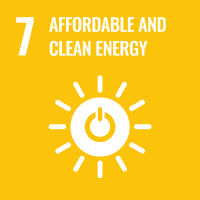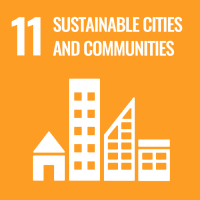education website
- Switch to...
- Main Website
Reduce Energy
Behaviour-changing ideas to help you transition to green energy and reduce your consumption.


Solar panel systems enable schools to produce their own clean and renewable energy, rather than relying on alternative sources provided by the grid (such as gas and oil combustion). Clean energy reduces harmful emissions from entering the atmosphere.
Solar power makes energy more affordable for schools because sunlight is free, reducing electricity bills. Schools use the most power during the day, when solar panels generate the most energy, lowering their reliance on expensive grid electricity.
Whatever stage of your decarbonisation journey you're at, finding ways to save energy at school will reduce your carbon emissions and your bills.
Promoting energy-consciousness could even help your school's wider community to reduce their emissions and save money too!
Ideas
Eco Fairies
Pupils check for positive energy-conscious behaviour after school, but be warned; a red card will be left if you've not switched off!
'Switch off Fortnight' campaign
Try and go without non-essential electricity for two weeks! You could even celebrate Earth Day by switching everything off for an hour! Be safe.
Live data analysis
Use our live data to monitor your energy use, track your base load, identify appliances left on during holidays, and measure your progress in cutting energy consumption over time.
Holiday switch-off
Make sure all appliances are turned off over holiday periods. This includes fridges, freezers, vending machines and heating.
Lighting
Replace fluorescent strip lights with energy-efficient LEDs. Turn off lights in summer and maximise natural sunlight. Use sensors to switch off lights in unused rooms and at the end of the day.
Energy Sparks
Buy in Energy Sparks to monitor your gas, and water as well as electricity. They offer tips and ideas for reducing base load.
Set a heating timer
Setting your heating on a timer ensures your school has time to warm up before pupils arrive, without having to leave the heating on all night.
Learn outdoors
Holding classes outside keeps students cool in summer, improves wellbeing and saves energy with reduced use of lighting and computers.
Insulate
Reduce heating loss with draft strips and double glazing. Prevent costly winter damage with pipe maintenance. Use reflective material behind radiators to improve heat retention.
Go to sleep
Set your school computers to sleep after a period of inactivity. Sleep mode reduces power by turning off the display when idle. In classrooms with multiple computers, this can lead to significant energy savings. Introduce a 'monitor off' policy when moving away from your desk.
Switch to renewables
Installing renewables like solar panels reduces energy costs and reliance on fossil fuels. Solar power lowers the school’s carbon footprint and energy prices and provides a renewable energy source. Solar also helps students to see sustainability in action.
Case study: St. Christopher's
St. Christopher’s CE High School faced several barriers in the journey to install solar panels, including planning permissions and delays during changes in leadership. Solar for Schools worked with them every step of the way and eventually helped them to secure their install in July 2023.
In 2024, St Christopher’s generated 200-megawatt hours - equivalent to 46 tonnes of carbon, and the same as the energy generated by a UK onshore wind turbine in four months! The school has also saved £65,500 in 18 months.
In February 2025, St Christopher’s celebrated their install of Solar for School’s first solar fusion batteries by writing messages of hope on the school's new 20kW inverters. A film crew was present on site to document the addition of two batteries, to store the excess energy generated by their 726 solar panels.
Solar for Schools is testing the potential of solar fusion batteries at St. Christopher’s. These batteries could help schools maximise savings and earnings by storing surplus midday energy for later use, reducing reliance on costly imported power, or selling it to the local community when demand is high.









